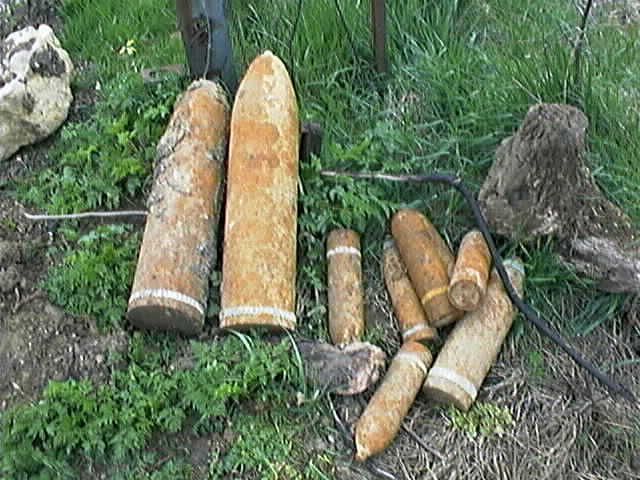Hi
Video from a farmer, in France
http://www.youtube.com/watch?v=6VZ8UHizy-Q
His father did that, and his grand father did that ... etc ...
regards
Video from a farmer, in France
http://www.youtube.com/watch?v=6VZ8UHizy-Q
His father did that, and his grand father did that ... etc ...
regards
Last edited:


























